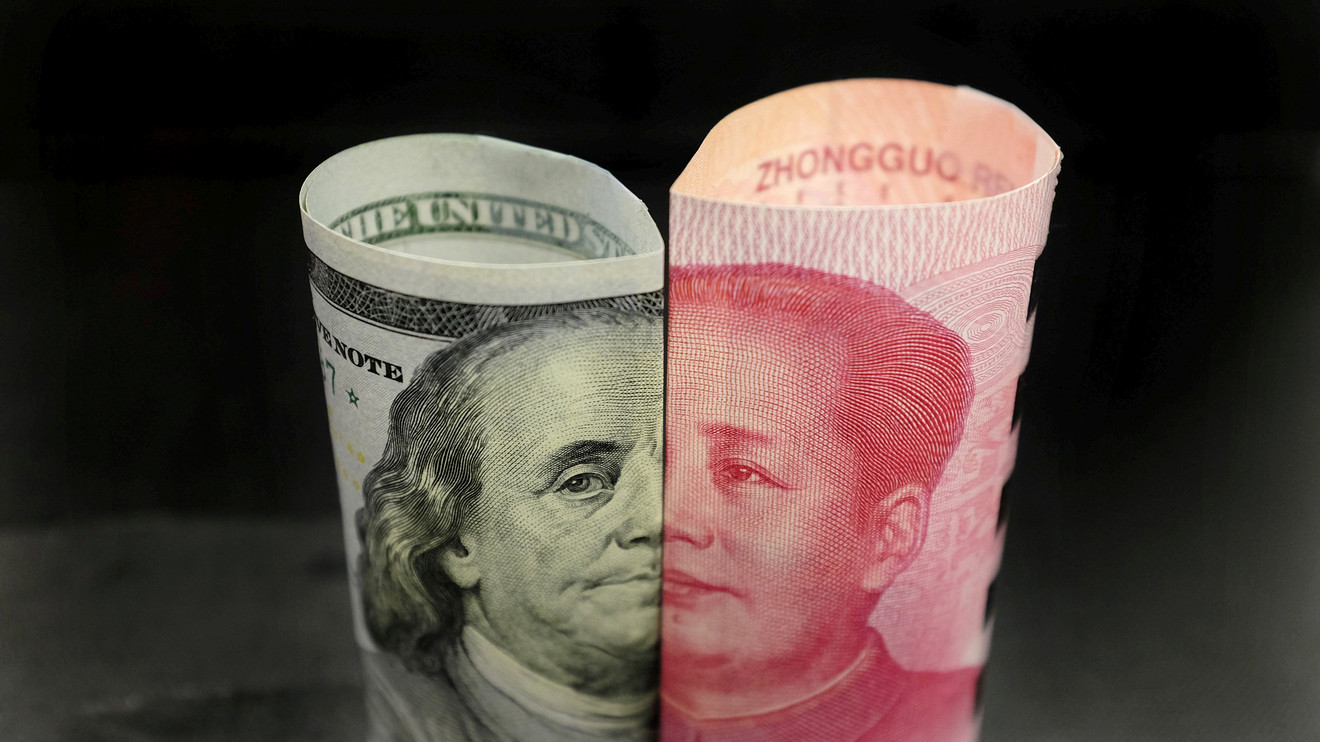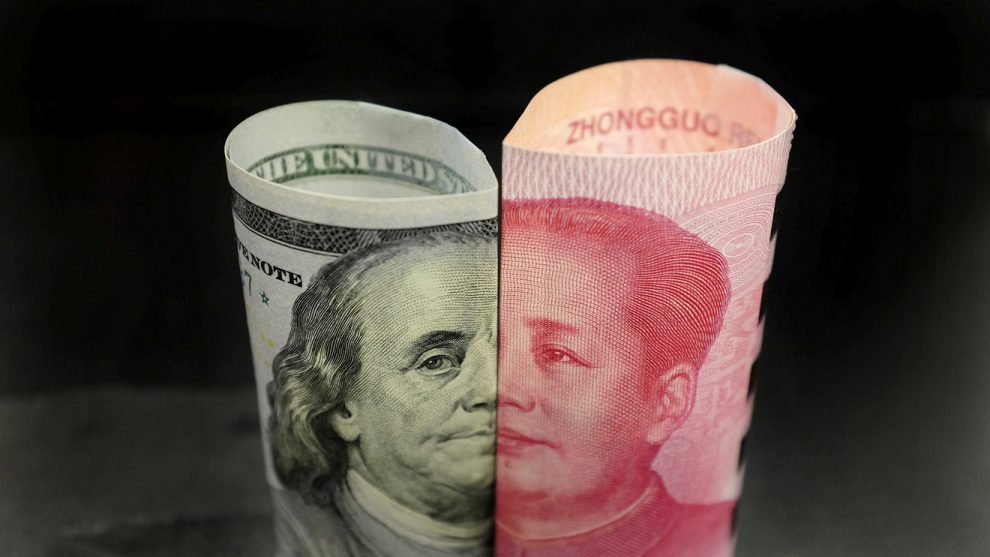
Stock futures tumbled sharply on Monday, as global markets sold off amid fears that trade talks between the U.S. and China were on the verge of collapse, after President Donald Trump threatened to raise tariffs on $200 billion of Chinese goods.
How are benchmarks performing?
Dow Jones Industrial Average futures YMM9, -1.97% slid 523 points, or nearly 2%, to 25,975, while S&P 500 futures ESM9, -1.89% fell 55.10 points, or 1.9%, to 2,892. Nasdaq-100 futures NQM9, -2.22% slumped 177.75 points, or 2.2%, to 7,687.25.
On Friday, the Nasdaq Composite Index COMP, +1.58% advanced 127.22 points, or 1.6%, at 8,164, with technology-heavy index carving out an all-time high. The S&P 500 index SPX, +0.96% climbed 1% to 2,945.64. The Dow DJIA, +0.75% rose 197.16 points, or 0.8%, to 26,504.95.
What’s driving the market?
In a surprise pair of tweets early late Sunday, Trump expressed frustration with the speed of talks with China, and threatened to raise tariffs on $200 billion of Chinese goods by Friday of this week to 25% from 10%. “The Trade Deal with China continues, but too slowly, as they attempt to renegotiate. No!” he wrote.
Trade negotiations were set to resume this week between the two countries and last week U.S. officials had seemed hopeful a deal was imminent. Beijing, which has in the past rejected pressure tactics from the U.S., said Vice-Premier Liu He’s planned trip to Washington this week could be canceled altogether, according to a report in the South China Morning Post, citing sources.
The report said among other options being considered were to delay the visit by a few days, with chief trade negotiator Liu staying in the U.S. just a brief period. Trade talks had been due to restart on Wednesday, with a deal seen by some as soon as Friday.
The development proved a shock to global markets, with investors taking shelter in traditional safe haven assets such as gold and the Japanese yen. Chinese stocks fell over 5%, while industrial metals, such as copper HGN9, -1.10% , slid over 1%.
Stocks had finished on a high note last week after the April employment report underscored a healthy labor market that produced a stronger-than-expected 263,000 new jobs, helping to drive down the unemployment rate to a 49-year low of 3.6%. There is no data on the calendar for Monday, leaving investors wide open to fret about trade talks.
Read: ‘Boom!’ Economists hail strong jobs report as jobless rate dips to Vietnam draft-era low
What are analysts saying?
“If there is one thing the markets dislike, it is the unexpected and Trump’s tweet caught the markets completely off-guard sending investors into a risk off frenzy,” said Jasper Lawler, head of research at London Capital Group, in a note to clients. “We know from past experience that this could be one of Trump’s infamous negotiating tactics, but there is a good chance that this time it will backfire.”
Chris Weston, head of research at Pepperstone, said markets will be watching carefully to see whether China’s top negotiator Liu He calls off his planned visit to Washington.
“If the visit if formally canceled, then Trump simply has to hike tariffs on the $200 billion of goods to 25%. A fate that will exasperate today’s tightening of global financial conditions, as traders buy volatility and unwind much of the goodwill seen in markets of late and ask what now for the global economy?” said Weston, in a note to clients.
How did other markets trade?
The Shanghai Composite SHCOMP, -5.58% fell nearly 6%, while the Hong Kong Hang Seng Index HSI, -3.30% was down more than 3%. The Nikkei 225 index NIK, -0.22% remained closed for a holiday. DAX futures were down over 1%.
U.S. West Texas Intermediate crude-oil prices CLM9, -2.60% fell over 2% to $60.49 a barrel, while Brent crude LCON9, -2.46% dropped over 2% to $69.32 a barrel. Bloomberg reported that Saudi Aramco cut June prices for all crude grades to the U.S.
Oil also slid after the U.S. dispatched bombers and an aircraft carrier to the Middle East over the weekend over concerns Iranian and Iranian proxy forces were preparing to possibly attack U.S. forces in the region.
As investors sought havens from the global equity selloff, gold prices GCM9, +0.27% climbed 0.2%, while the Japanese yen USDJPY, -0.40% surged against the dollar. Apart from copper, platinum PLN9, -1.18% and palladium PAM9, -0.91% were also under pressure.
Providing critical information for the U.S. trading day. Subscribe to MarketWatch’s free Need to Know newsletter. Sign up here.









